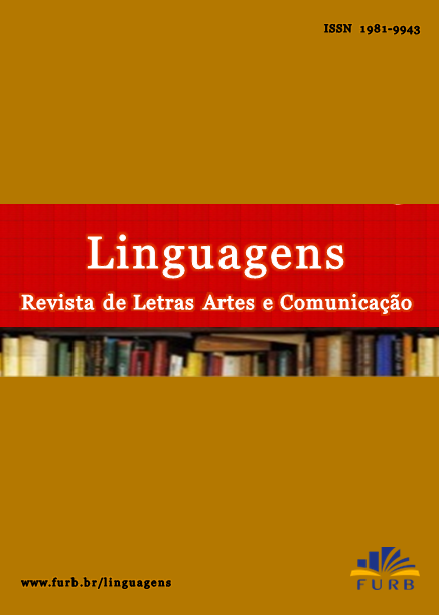NEGRITICENESS: A METAPHOR FOR INTERCULTURAL IDENTITIES IN AFRICAN-DESCENDENT LITERATURE
DOI:
https://doi.org/10.7867/1981-9943.2007v1n3p289-302Palavras-chave:
Identity. Diaspora. Signifyin(g). Negritude.Resumo
Negritude: A Metaphor for Intercultural Identities in African-Heritage Literature discusses how black characters build identity in contact with black and white worlds in black authors’ novels like African Achebe’s Things Fall Apart, American Morrison’s Beloved, Caribbean Condé’s Windward Heights, Brazilian Martins’s The Eye of the Color, and English Zephaniah’s Gangsta Rap. Hypothesis suggests that they build Ariel-like, Calibán-like, or Esu-Like identities. Literature includes concepts like identity fluidity (HALL, 2001), double consciousness (DU BOIS, 1994), imagined community (Anderson, 1983), and nihilism and a politics of conversion (WEST, 1994). Methodology first analyzes black Arielists’ assimilation of white values; then deals with black Calibanists’ identification with black culture; finally concentrates on black Esuists’ integration of black with white world. Results indicate that due to diasporic displacement (CLIFFORD, 1997) from Africa to America to Europe, black characters develop forms of political conversion, which allows them to move from alliances with the Western parent or the African parent to the two parents (WEST, 1993). Conclusion suggests that novels of African, American and European blacks converse and signify (GATES, 1988), through repetition and revision.
Downloads
Downloads
Publicado
Como Citar
Edição
Seção
Licença
Os direitos autorais para artigos publicados nesta revista são do autor, com direitos de primeira publicação reservados para esta Revista. Em virtude de aparecerem nesta revista de acesso público, os artigos são de uso gratuito, com atribuições próprias, em aplicações educacionais e não-comerciais. A revista se reserva o direito de efetuar, nos originais, alterações de ordem normativa, ortográfica e gramatical, visando manter o padrão culto da língua, respeitando, porém, o estilo dos autores.


